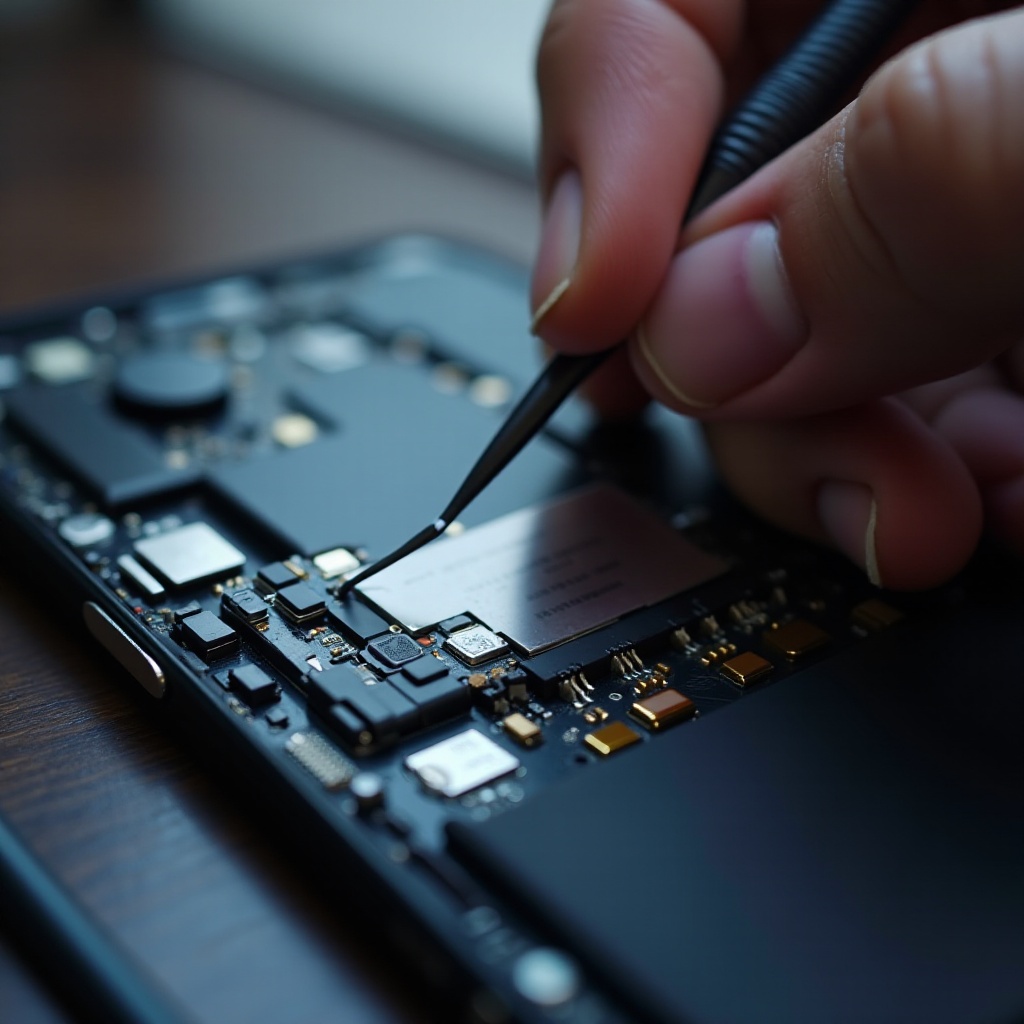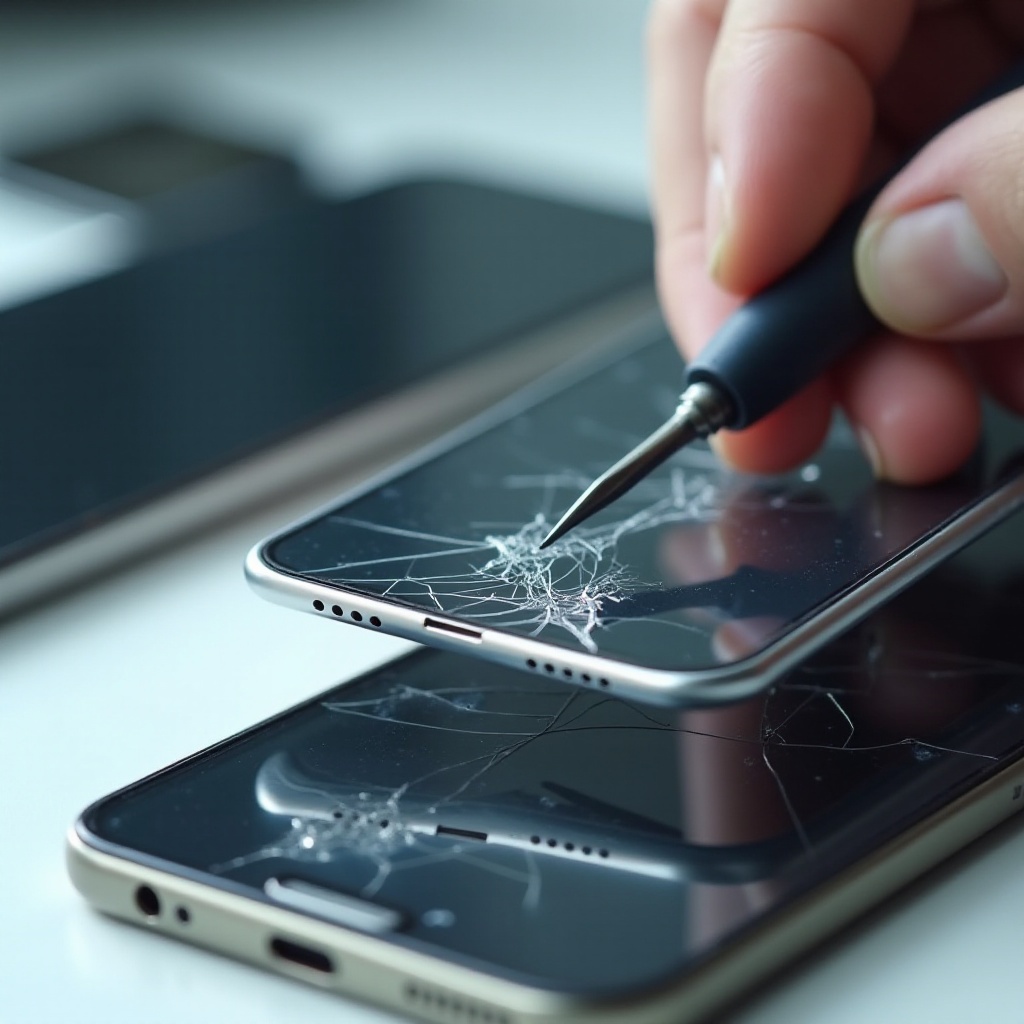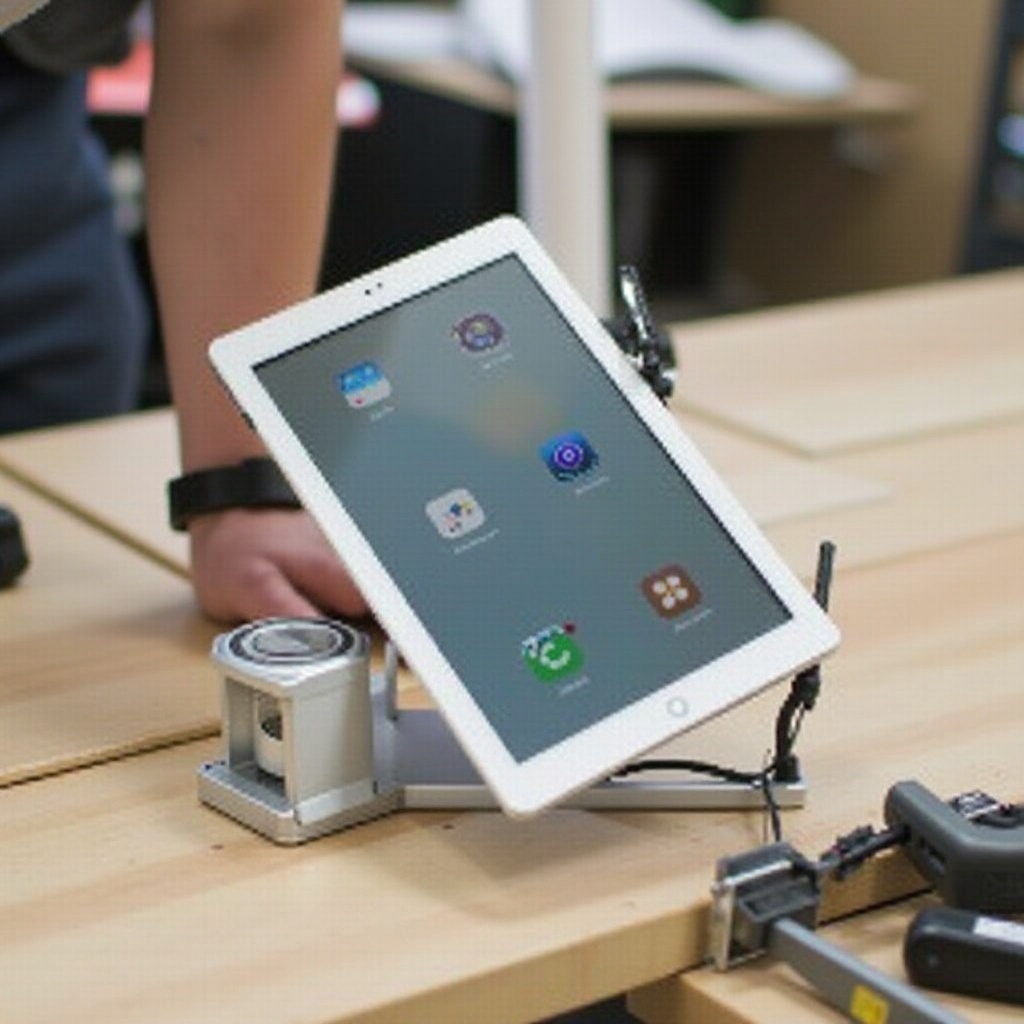Introduction
In today’s digital age, mobile phones are indispensable tools. Yet, accidents happen, and screen damage is a common issue faced by many. When considering the vital question, ‘does changing screen affect your phone,’ users often worry about potential performance alterations such as touch sensitivity and display quality. In this comprehensive guide, we explore the effects of screen replacement on your phone’s functionality and provide insights to help you make informed decisions about whether or not to change your screen.

Understanding Screen Replacement
Screen replacement is a standard solution for cracked or faulty displays. The process involves swapping out the damaged screen with a new one. It’s crucial to understand that replacements come in different types. Options include original equipment manufacturer (OEM) screens and aftermarket alternatives, each with unique pros and cons affecting your device’s performance. Knowing these differences ensures you choose a replacement that does not diminish your phone’s quality.
The Choices: OEM vs. Aftermarket Screens
When deciding on a replacement, you have two primary options: OEM and aftermarket screens. OEM screens are crafted by the original phone manufacturers, promising compatibility and quality. They align perfectly with existing phone components, minimizing performance issues but often come at a premium cost. Conversely, aftermarket screens are usually cheaper but vary widely in quality. While some aftermarket options deliver acceptable results, others may lead to functionality challenges. Weighing these options carefully is crucial to maintaining your phone’s operational integrity post-replacement.
Physical and Aesthetic Changes Post-Replacement
Screen replacement can introduce physical and aesthetic changes to your phone. An OEM screen, being an exact replica of the original, preserves the device’s authentic look and feel. In contrast, aftermarket screens may have subtle differences in size, color, or brightness, resulting in a display that deviates from the original aesthetic. Such variations could affect not only styling but possibly your interaction experience with the device, underlining the importance of careful selection.
Touch Sensitivity and Display Quality Considerations
The tactile interaction through your phone’s screen is a critical element of its functionality. OEM screens typically maintain high touch sensitivity, ensuring seamless operation. However, aftermarket alternatives might not match the original in touch responsiveness, potentially leading to delays or inaccurate inputs. It is paramount to prioritize touch sensitivity and display quality when considering screen replacement options to avoid compromising user experience.

Longevity and Durability of Replacement Screens
A phone’s post-replacement durability greatly hinges on the quality of the new screen. High-quality screens, especially OEM, usually promise longevity and performance mirroring the original screen. In contrast, lower-grade aftermarket options may degrade quicker, affecting long-term usability. Therefore, investing in quality ensures your phone remains functional and dependable for as long as possible.
Debunking Myths About Screen Replacement
Various myths regarding screen replacements can lead to misconceptions and unwise consumer choices. One common myth is that any screen replacement voids your warranty—this isn’t always the case, particularly if performed by certified technicians using authorized parts. Another mythology suggests all aftermarket screens are substandard. While it’s true some lack the desired quality, others may perform adequately. Understanding these myths helps alleviate concerns and guides smarter replacement decisions.

Steps for a Successful Screen Replacement
To ensure your screen replacement enhances rather than hinders your phone’s performance, adhere to these crucial steps:
Selecting the Right Technician or Service
- Thorough Research: Look for repair centers with authorized certifications that promise quality.
- Review Evaluations and Ratings: Customer feedback can reveal insights into the reliability and service quality.
- Verify Technician Proficiency: Check the experience level with your specific phone model to ensure expertise is guaranteed.
Post-Replacement Testing and Assessment
- Examine the Display: Closely inspect for blemishes, dead pixels, or color inconsistencies.
- Evaluate Touch Responsiveness: Carefully test touch functionality to confirm precise operation.
- Functionality Checks: Test features like the fingerprint sensor or front camera to ensure complete compatibility after repair.
Maintaining Your Replaced Screen’s Health
- Employ Screen Protectors: Use them to defend against scratches and accidental impacts.
- Avoid Extreme Conditions: Shield your phone from moisture and excessive heat exposure to prolong its lifespan.
- Handle with Care: Employ careful handling to prevent potential damage due to undue pressure.
Conclusion
Replacing a phone screen does not have to compromise performance if approached wisely. Understanding the implications and carefully deliberating between OEM and aftermarket screen options allows you to sustain excellent functionality. By following recommended practices for screen replacement, your device can continue to serve efficiently and meet your everyday demands without interruption.
Frequently Asked Questions
Can replacing my phone screen void the warranty?
Replacing a screen can void the warranty if performed by unauthorized technicians or with non-OEM parts. To keep your warranty, use authorized service centers and OEM components.
Is it worth replacing my phone screen or buying a new phone?
Assess screen replacement costs versus a new phone. If the damage is only to the screen, replacement is generally economical. Consider whether your phone still meets your needs and if other parts are functional.
How can I ensure the quality of a replacement screen?
Ensure quality by choosing OEM screens and reputable technicians. Check reviews, verify technician expertise, and do post-replacement testing to match quality expectations.


